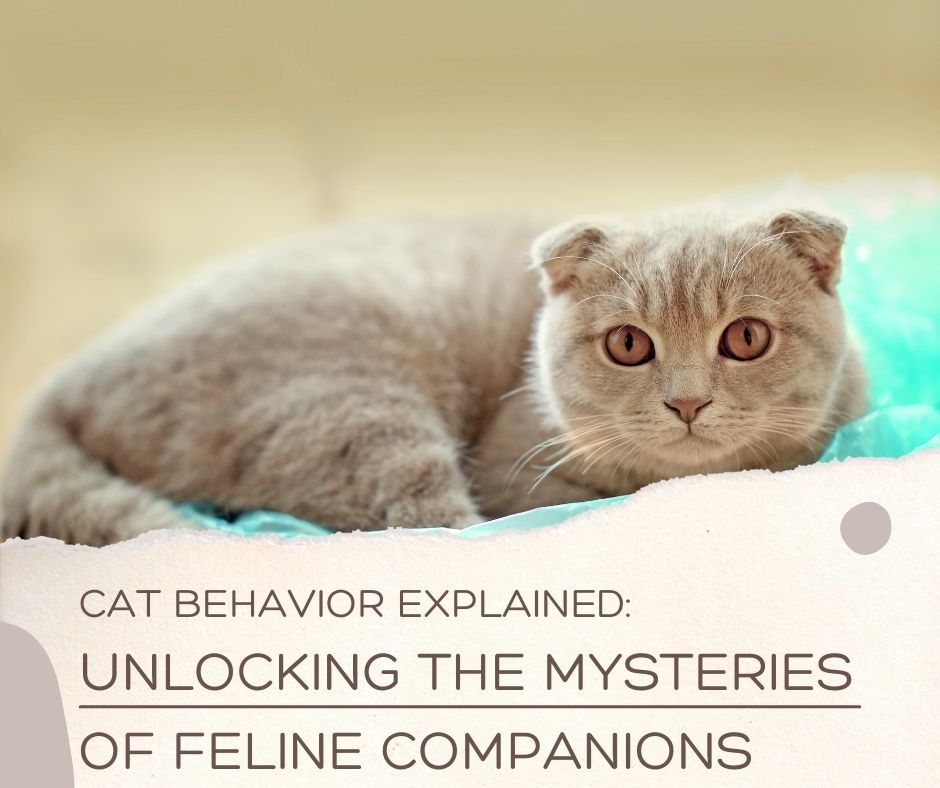catnip ·
The Mystery of Catnip Revealed

Catnip, scientifically known as Nepeta cataria, has long been a source of fascination for cat owners and researchers alike. This humble herb, a member of the mint family, possesses a mysterious allure that can send our feline friends into a state of euphoria. As we delve into the intriguing world of catnip, we'll explore the science behind its effects on cats, its historical significance, and the ongoing mysteries that continue to baffle experts.
The Catnip Experience
Catnip contains a compound called nepetalactone, which interacts with the sensory receptors in a cat's nasal tissue, ultimately triggering a peculiar response. When cats encounter catnip, they may exhibit behaviors such as rubbing, rolling, purring, and an overall sense of excitement. This fascinating reaction, known as the "catnip response," has perplexed scientists for centuries.
The Science Behind Catnip
Research has revealed that nepetalactone mimics certain feline pheromones, specifically those related to mating behavior. When a cat inhales the scent of catnip, it binds to receptors in their nasal tissue, leading to a cascade of neurological effects. This process is thought to mimic the response to pheromones, creating a sensory experience that many cats find irresistible.
Moreover, the effects of catnip are temporary, typically lasting around 10-15 minutes, after which the cat becomes temporarily immune to its effects for a certain period. This refractory period is an essential aspect of the catnip experience and adds another layer to the mystery surrounding its mechanism of action.
Historical Significance
The use of catnip isn't a recent phenomenon. Historical records indicate that humans have been aware of catnip's effects on cats for centuries. Ancient Egyptians cultivated catnip, recognizing its appeal to felines. It's believed that they even used catnip as an offering to the cat goddess Bastet, emphasizing the cultural and historical significance of this herb in the human-feline relationship.
Ongoing Mysteries
Despite centuries of observation and research, there are still aspects of catnip's effects on cats that remain elusive. One question that perplexes researchers is why some cats are seemingly unaffected by catnip. Approximately 30-50% of cats do not display a noticeable reaction to catnip, and the genetic and environmental factors influencing this discrepancy are still not fully understood.
Additionally, while the neurological effects of catnip have been well-documented, the evolutionary purpose of this phenomenon remains unclear. Why would a plant evolve to have a compound that specifically targets feline neuroreceptors, eliciting such a unique response?
Conclusion
The mystery of catnip continues to captivate cat lovers and researchers alike. From its ancient use in Egyptian culture to its modern-day appeal, catnip remains an enigma in the world of feline behavior. As scientists delve deeper into the molecular and genetic aspects of catnip sensitivity, we may uncover more of the secrets behind this fascinating herb. Until then, the allure of catnip and its mystical effects on our feline companions will continue to be a source of wonder and speculation.
The Catnip Experience
Catnip contains a compound called nepetalactone, which interacts with the sensory receptors in a cat's nasal tissue, ultimately triggering a peculiar response. When cats encounter catnip, they may exhibit behaviors such as rubbing, rolling, purring, and an overall sense of excitement. This fascinating reaction, known as the "catnip response," has perplexed scientists for centuries.
The Science Behind Catnip
Research has revealed that nepetalactone mimics certain feline pheromones, specifically those related to mating behavior. When a cat inhales the scent of catnip, it binds to receptors in their nasal tissue, leading to a cascade of neurological effects. This process is thought to mimic the response to pheromones, creating a sensory experience that many cats find irresistible.
Moreover, the effects of catnip are temporary, typically lasting around 10-15 minutes, after which the cat becomes temporarily immune to its effects for a certain period. This refractory period is an essential aspect of the catnip experience and adds another layer to the mystery surrounding its mechanism of action.
Historical Significance
The use of catnip isn't a recent phenomenon. Historical records indicate that humans have been aware of catnip's effects on cats for centuries. Ancient Egyptians cultivated catnip, recognizing its appeal to felines. It's believed that they even used catnip as an offering to the cat goddess Bastet, emphasizing the cultural and historical significance of this herb in the human-feline relationship.
Ongoing Mysteries
Despite centuries of observation and research, there are still aspects of catnip's effects on cats that remain elusive. One question that perplexes researchers is why some cats are seemingly unaffected by catnip. Approximately 30-50% of cats do not display a noticeable reaction to catnip, and the genetic and environmental factors influencing this discrepancy are still not fully understood.
Additionally, while the neurological effects of catnip have been well-documented, the evolutionary purpose of this phenomenon remains unclear. Why would a plant evolve to have a compound that specifically targets feline neuroreceptors, eliciting such a unique response?
Conclusion
The mystery of catnip continues to captivate cat lovers and researchers alike. From its ancient use in Egyptian culture to its modern-day appeal, catnip remains an enigma in the world of feline behavior. As scientists delve deeper into the molecular and genetic aspects of catnip sensitivity, we may uncover more of the secrets behind this fascinating herb. Until then, the allure of catnip and its mystical effects on our feline companions will continue to be a source of wonder and speculation.








Leave a comment